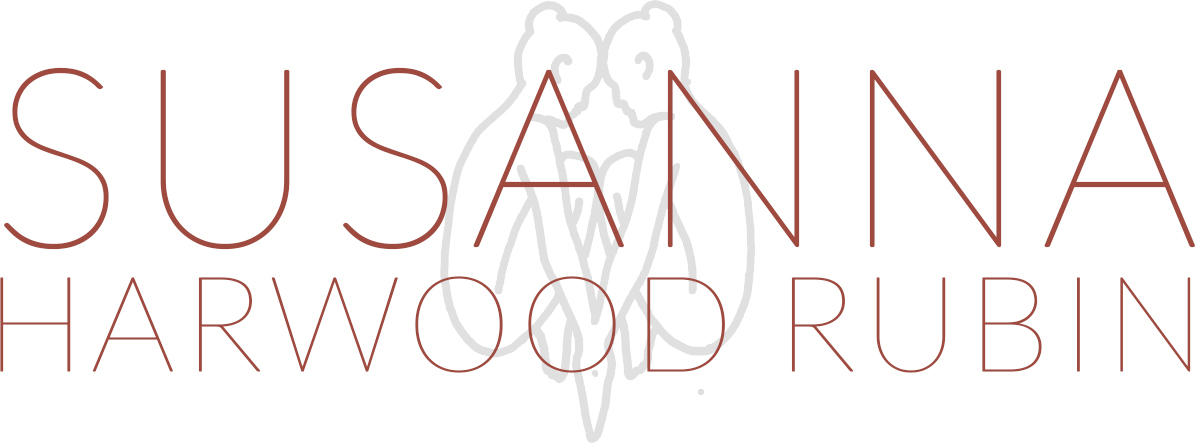
- At the Met with Rodin and Robert Sturman two months post-op
On Knees, Discomfort, and Language
I have spent the past few months thinking about pain, searching for words to describe its various tones and shadows. I have the luxury of doing this since the discomfort I am in is not ultimately as serious as many other experiences of bodily discomfort. But as an asana teacher, having an injury that offers an ongoing experience of what we refer to as pain calls upon many other significant aspects of my yoga—my meditation practices, my breath, my ability to observe and analyze, and my capacity to be receptive to the needs of my body.
A few months ago I was walking up some stairs when I felt a brief sharp sensation in my left knee and then a wet flooding feeling. Just like that, I had torn my left lateral meniscus. I spent a few weeks gathering medical opinions, curtailed my travel schedule, and scheduled the operation. I adjusted during this period, wearing a knee brace and moving in a very frontal manner. I became extremely verbally precise in my teaching since I could no longer just kick out a demo. Then I had the operation, and, despite my being assured a rapid recovery, I was sidelined with swelling and inflammation that has continued to surge unpredictably.
I’ve been insisting that I am not in pain but in discomfort. To me, pain is something that you want to curl, arch, and crawl away from. It is sharp or piercing—hitting nerve endings and causing involuntary reflexive movement. Discomfort is what more accurately describes the bloated feeling in my knee that feels as if lead has been poured into it. I’ve described the sensation as a water balloon pressed to its limit and about to burst. I also mentioned to my doctor, when I called to say that I needed it reexamined and possibly drained, that my knee felt as if it had just consumed a sickeningly excessive Thanksgiving dinner.
By now I’ve been told by more than one medical expert that I have a “high pain threshold,” but I think that it’s just that I have so many different definitions of what pain is that I find it hard to describe my current state so simply. Pain is too general and too vague a term. To me, pain is not a singular experience, but a vast range of very particular sensations for which we lack specific language, so these sensations are best conveyed through metaphor, simile, or anecdote, as I have written above.
Here are examples of different types of pain experiences: when I smash my toe against a piece of furniture, that thudding, nauseating sensation is pain. The piercing slice of a paper cut is pain. When I was little and snapped two bones in my arm, that shock and crunch was pain. When I had to have a chunk of my jaw cut out to remove my impacted wisdom teeth, that grinding feeling that gripped me in convulsive waves was pain. For the most part what I’m experiencing right now is a dense, stretched to the limit sensation of discomfort.
In the past few months I have filled out countless sheets of questions asking me to rate my pain level. On a scale of 1-10, how would you rate your pain when you bend your knee to 90º? When you squat? When you run? When you walk? When you stand? I’ve been crossing out the word pain and replacing it with the word discomfort. Only one of the questionnaires I’ve filled out has asked me to describe the quality or nature of my pain with examples of descriptive words to circle. There is a problem with the vocabulary—we need a more effective semantics of pain.
Is it just because I am an asana teacher who spends enormous amounts of time working with my body that I notice this? It seems to me that there is a confounding of pain with discomfort. And just as there is a wide range of discomfort experiences, there is an equally vast spectrum of pain.
I still have a way to go in my healing process, which is frustrating, but should ultimately be okay. Have I learned from this? Yes. I’ve learned the obvious things such as compassion and patience, but I’ve learned even more about language and how it shapes our ways of thinking. Some of what I’ve learned I will gladly abandon, relieved to spend more time moving on my mat and less time thinking on my couch, forgetful of this brief period of agitated mental movement within the stillness of sedentary days.
My deepest thanks to Robert Sturman for creating beautiful photos within the post-op limitations of my practice.




